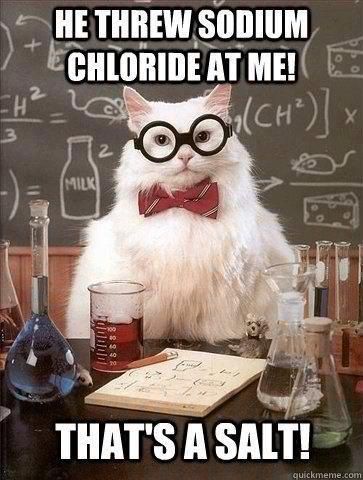beervoid
Hophead & Pellet Rubber
Hello everyone,
I found this technique where you store 1ml of yeast in 5ml of sodium chloride 0.9% solution.
I was wondering if anyone knows if you could bank more then 1ml of yeast in a higher storage solution. if the nr's matter at all.
Cheers!
I found this technique where you store 1ml of yeast in 5ml of sodium chloride 0.9% solution.
I was wondering if anyone knows if you could bank more then 1ml of yeast in a higher storage solution. if the nr's matter at all.
Cheers!












![Craft A Brew - Safale S-04 Dry Yeast - Fermentis - English Ale Dry Yeast - For English and American Ales and Hard Apple Ciders - Ingredients for Home Brewing - Beer Making Supplies - [1 Pack]](https://m.media-amazon.com/images/I/41fVGNh6JfL._SL500_.jpg)













































